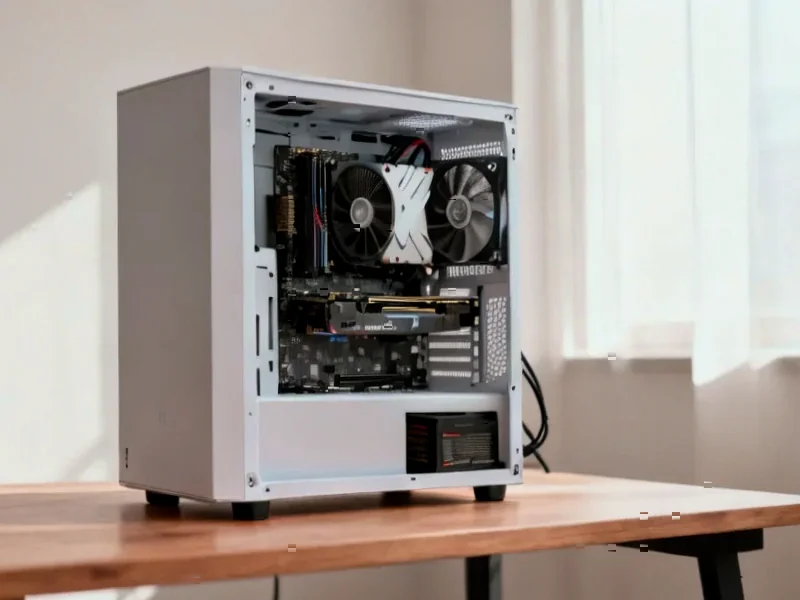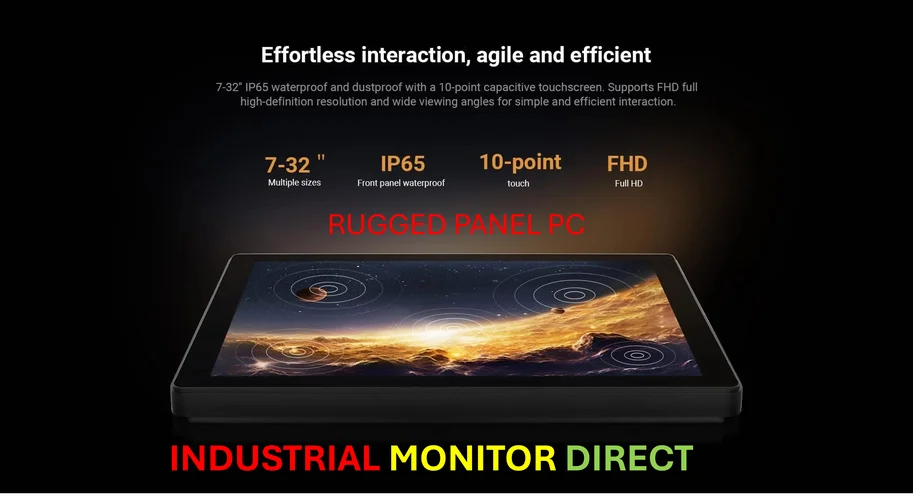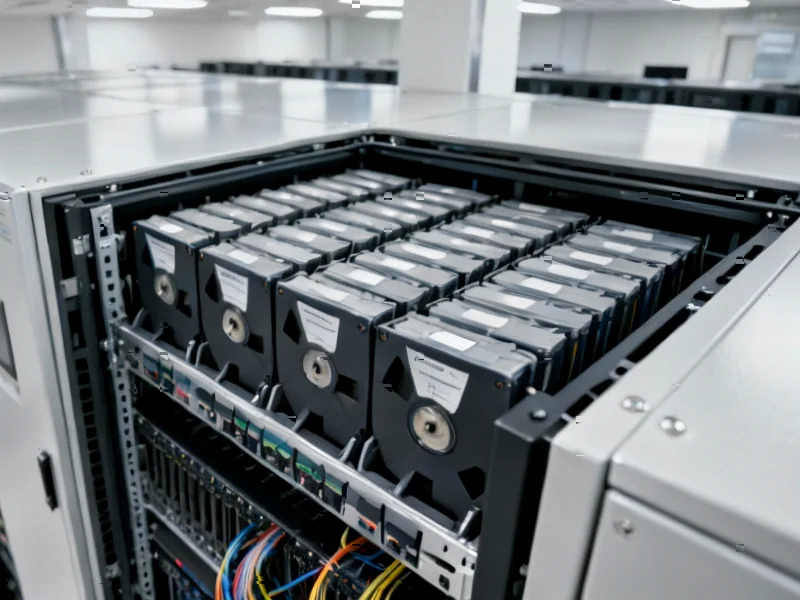According to The Verge, AMD faced significant community backlash after initially announcing that future driver updates with game optimizations would focus primarily on RDNA 3 and RDNA 4 GPUs in an October 30th statement. The company attempted to clarify on October 31st by mentioning that “new features, bug fixes and game optimizations will continue to be delivered as required by market needs in the maintenance mode branch,” but this failed to satisfy concerned gamers. Following what The Verge described as “a wave of anger” from the community, AMD completely reversed course today, confirming that “game optimization and support for all RDNA Series 1 through 4 will roll out at the same time in both driver packages” including specific support for titles like Call of Duty, Crimson Desert, and Resident Evil. This rapid policy reversal demonstrates the power of community feedback in shaping hardware support strategies.
The Ripple Effect Across Hardware Ecosystems
AMD’s initial misstep reveals a fundamental tension in the hardware industry between supporting legacy products and driving adoption of new technology. When companies signal reduced support for products that are only a few generations old—RDNA 2 GPUs like the RX 6000 series launched in 2020—it creates significant consumer anxiety about product longevity. This affects not just current owners but potential buyers in the secondhand market, where value preservation becomes uncertain. The backlash was particularly intense because reports indicated that AMD’s initial policy would have created a two-tier support system that disadvantaged owners of still-capable hardware.
Broader Market Implications Beyond AMD
This incident sets an important precedent for the entire hardware industry, particularly as companies increasingly push subscription models and planned obsolescence. AMD’s quick reversal signals that the market won’t tolerate premature abandonment of hardware that remains functionally competitive. The timing is especially significant given that industry analysis suggests RDNA 2 GPUs still represent a substantial portion of AMD’s installed base. For competitors like NVIDIA, this serves as a cautionary tale about managing customer expectations around product lifecycles. The episode demonstrates that in an era of economic uncertainty and longer upgrade cycles, consumers are increasingly vocal about demanding continued support for their investments.
The Technical Reality of Driver Maintenance
While AMD’s commitment to simultaneous updates is commendable, the technical challenges shouldn’t be underestimated. Supporting four generations of GPU architectures simultaneously requires significant engineering resources, particularly when dealing with fundamentally different hardware designs. The company’s initial approach likely reflected genuine resource allocation concerns rather than malicious intent. However, industry experts noted that the communication failure was in presenting this as a binary choice rather than exploring graduated support models. The optimal solution likely involves tiered support where critical game optimizations reach all architectures while certain advanced features remain exclusive to newer hardware—a balance AMD now appears committed to finding.
The Growing Power of Collective Consumer Advocacy
What’s most remarkable about this episode is how quickly organized community feedback forced a multi-billion dollar corporation to change course. The gaming hardware community has become increasingly sophisticated in its ability to mobilize around perceived injustices, using social media platforms and tech media to amplify concerns. This represents a significant shift in power dynamics between hardware manufacturers and their customers. As coverage of the initial controversy demonstrated, tech journalists and influencers now serve as effective conduits for community concerns, creating pressure that corporations can’t ignore. This successful advocacy will likely embolden consumers to demand similar accountability across the technology sector.
Looking Beyond the Immediate Fix
While AMD’s reversal addresses the immediate crisis, the company now faces the challenge of delivering on its promise without compromising development of future technologies. The real test will come when resource-intensive new features require architectural support that older GPUs simply cannot provide. Smart implementation will involve transparent communication about what specific optimizations each architecture can realistically support. More importantly, this episode should prompt AMD and its competitors to develop clearer, more consistent policies around product support lifecycles rather than making reactive decisions under pressure. The ultimate winner in this scenario is the consumer, who has demonstrated that collective action can still shape corporate behavior in meaningful ways.




